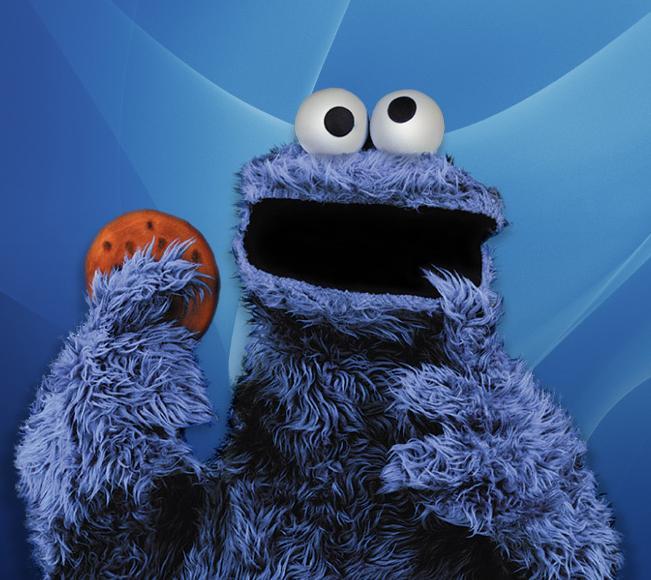
And don’t use Google, you cheaters! That’s not guessing.
Both passages — arguments about possible modes of evolutionary change — were written by the same scientist. He is offering his own view, not expounding that of others.
Sample 1:
In real life, major evolutionary innovations perhaps had to wait for radical mutational ‘inventions’ that fundamentally altered the basic body plan. Once such a radical change in body plan had arisen, a whole new rush of evolution became possible. An example might be the invention of segmentation early in the ancestral history of annelid worms, arthropods and vertebrates.
Sample 2:
My suggestion is that Scyllarus may actually present an example in the wild of a homeotic mutation, analogous to antennapedia in Drosophila in the laboratory. Unlike antennapedia, this mutation has been incorporated into an actual evolutionary change in nature. My tentative conjecture is that an ancestral Scyllarid mutated homeotically, slipping the developmental subroutine appropriate to a uropod into a segment where an antenna ought to be, and that the change conferred some benefit. If I am right, it would constitute a rare example of a macro-mutation’s being favoured by natural selection: a rare vindication of the so-called ‘hopeful monster’ theory that we met in Chapter 3.
The late Stephen Jay Gould? Richard Goldschmidt? Otto Schindewolf? Some other dangerous, semi-respectable saltationist?
Nope. Think Oxford. Blind Watchmaker and all that. You know…
This came to mind today as I read Jerry Coyne’s scolding of Olivia Judson, for her dallying with the Monster. The Hopeful Monster, that is. (Cookie Monster is standing in for Hopeful, who lacks a memorable image right now.) The fact that Richard Dawkins — breathes there a more orthodox Darwinian? — has himself shared a cookie or two with Hopeful, ought to give Jerry Coyne pause. (The citations from Dawkins, btw, are from The Blind Watchmaker [1987, Appendix, p. 10] and Climbing Mount Improbable [1996, pp. 232-233], respectively.)
The challenge is to explain architectural discontinuities among living things by an incremental evolutionary process. I’ll bet even Coyne, at a whiteboard with a drawing of an echinoderm, a brachiopod, and a chordate, and asked simply to morph these forms from a common metazoan ancestor, might be tempted to call Hopeful on his mobile.
Try it yourself. Have some cookies while you draw.